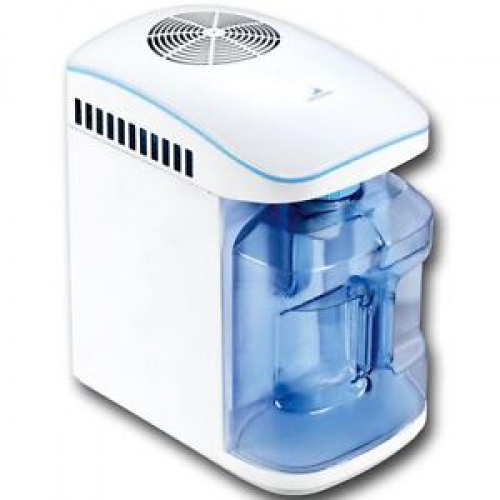
Autoclave Sterilizer machines have been used for a long time in a number of industries. The process is well known to prepare and mange utensils and materials used in a clean, sterile environment. The steam that is applied can cause a strong build up of pressure and It’s an simple way to keep anything clean.
Autoclaves primary use to kill bacteria is perfect for preparing medical equipment for another day of use. Obviously equipment can only be used by one patent at a time to protect it from cross contamination between patients. It’s vital in surgical environments and for small glass containers in medical clinics. Other medical applications is dental centers where large of small consumables are used on a regular basis. The steam is not abrasive and can clean materials and non metal supplies. Autoclave can also create a rich nutrient based liquid for lab research. The liquid does not contain any bacteria because its killed in the sterilizing process ensuring any bacteria that grows did not come from anywhere else.
In a tattoo or piecing shop needles and clamps are being used in large quantity. They come in contact with skin and blood and can be an easy way to pass on disease and general bacteria. Sterilizing with appropriate machinery like an autoclave or sterilizing machine can provide an simple process to clean and prepare the needs and devices for reuse after a the customer is finished. With these machines the bad reputation for passing on HIV can disappear and customers can be comfortable to enter with no harm to themselves or others.
Autoclaves play an important role in managing hazardous medical waste. Potential pathogens even after being discarded appropriately can find their way in to the air and be a threat to other animals or patients. Bedding, dressing and anything came in contact with the patient can be cleaned in an autoclave. This cleaning process can protect a potential threat from spreading and developing into something dangerous. The value of an autoclave can manage a full range of medical supplies and equipment, ensuring that everything possible is done to keep areas sterile.
In actuality all an autoclave is, is a very powerful dishwasher and that in mind has found some interesting applications not just in piercings but in more remote areas like NASA and rocket launches.
learn more:
https://www.alandental.com/category-59-b0-Autoclave-Sterilizer.html
